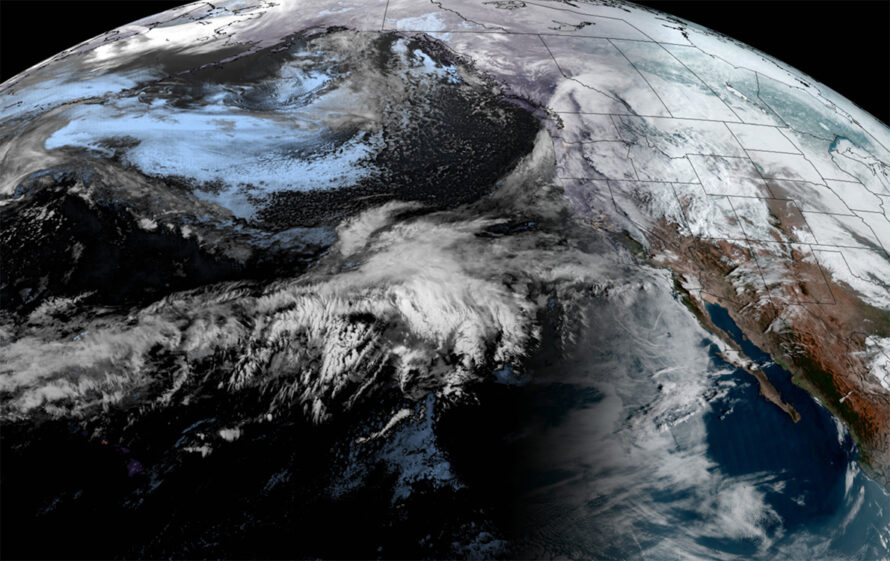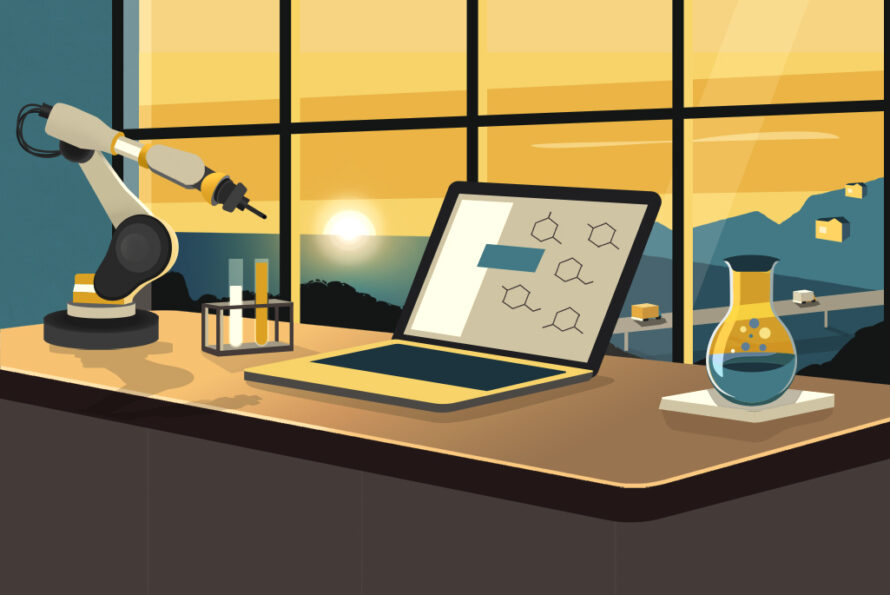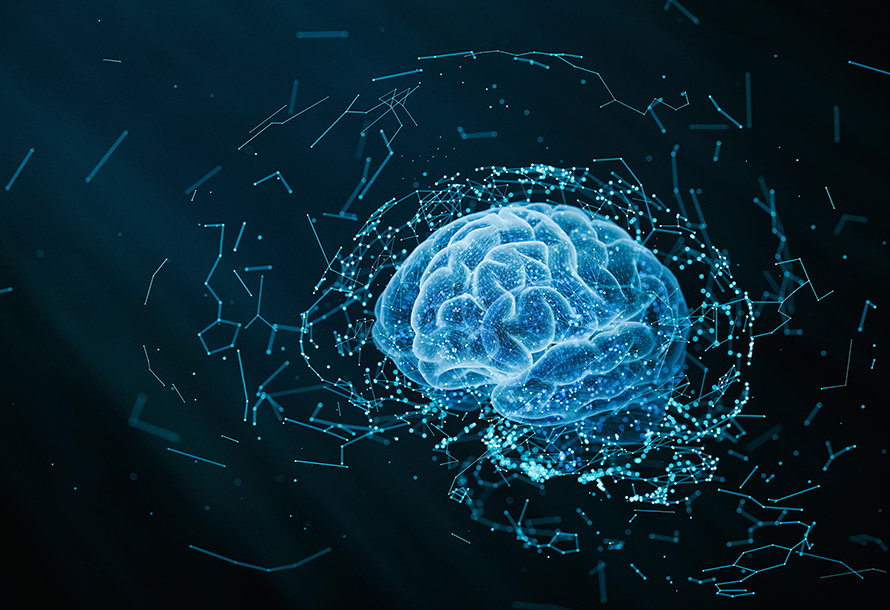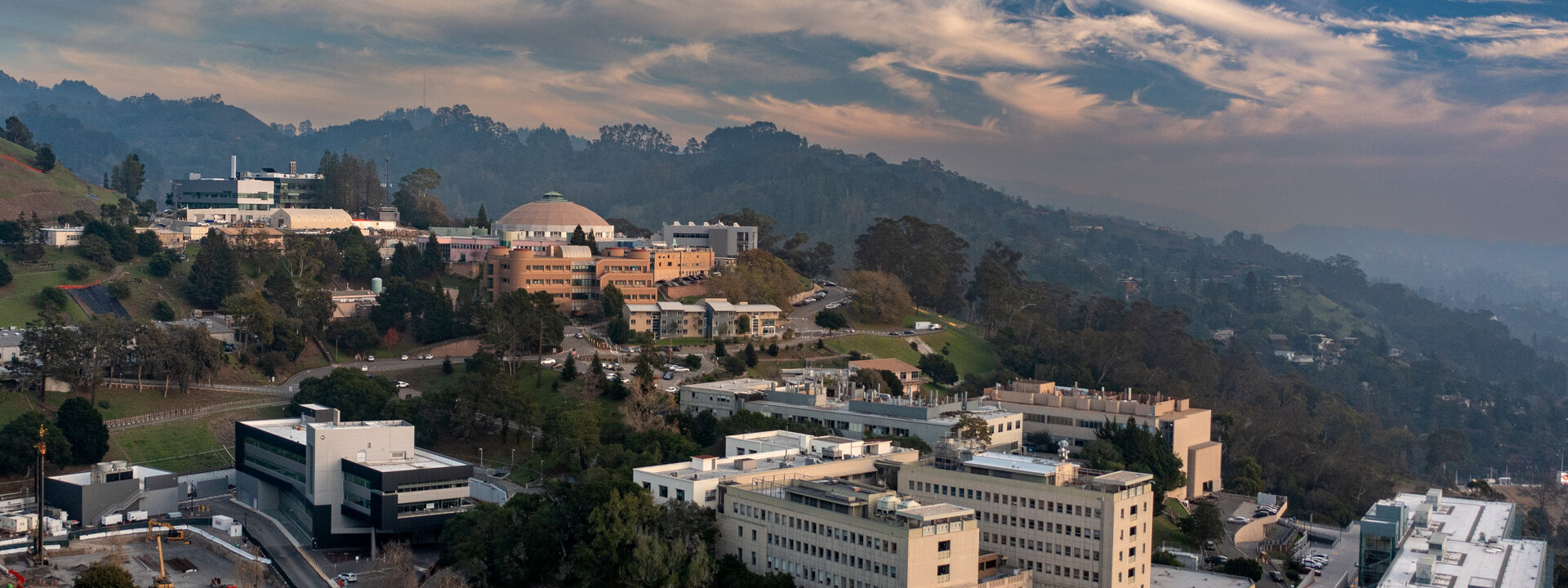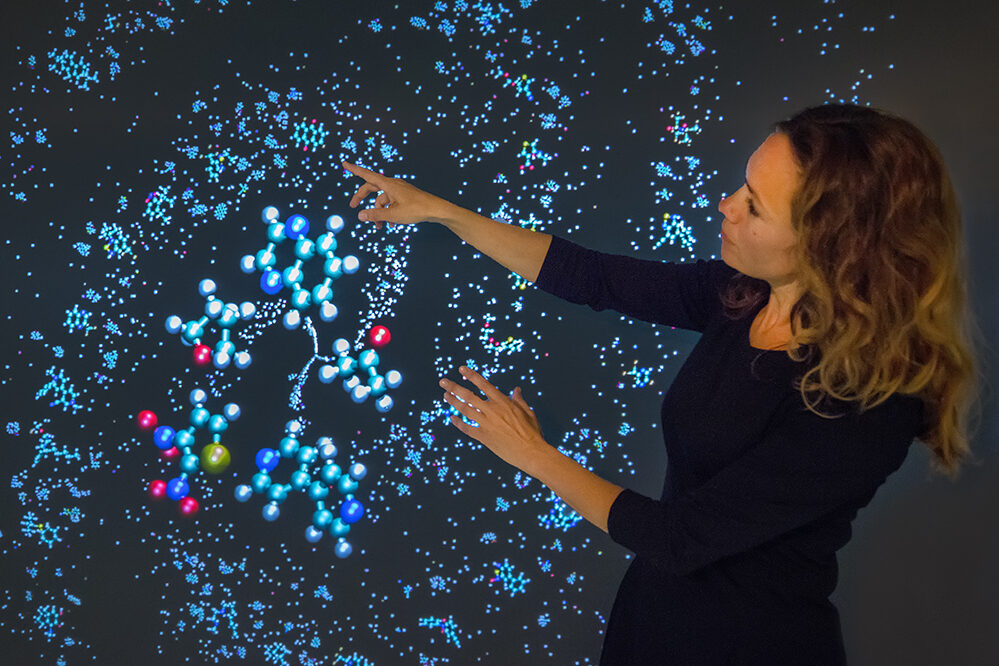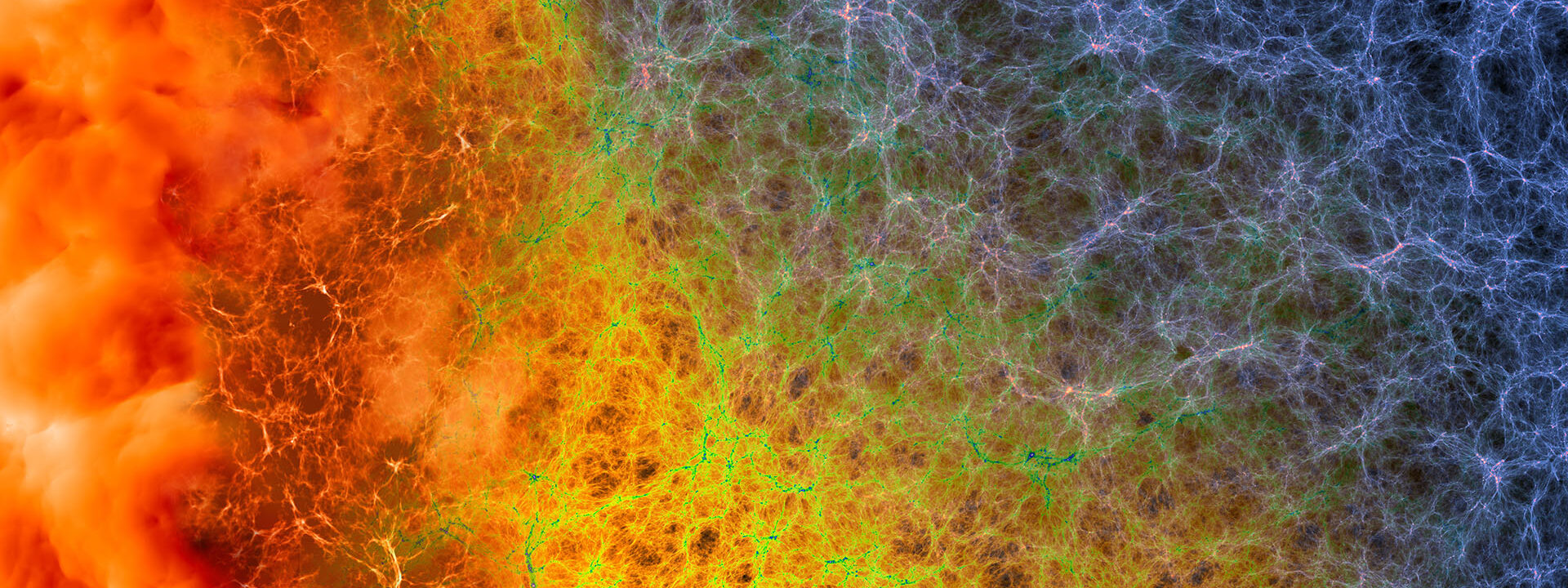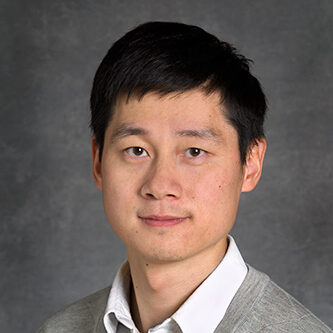
Applied math
Developing novel mathematical methods and efficient computing algorithms to solve critical problems in science and engineering.
Modeling and simulation
Delivering innovative, effective multiscale modeling and simulation solutions in a variety of scientific areas.
Machine learning / AI
Developing novel, robust, and interpretable AI and learning methods; applying and adapting advances in AI to the complexity of science; enabling the deployment of AI applications at large computing scales.
Software enabling science
Developing sustainable software packages for modeling and simulation, computer science, and data science to enable scientific discovery.
Data science
Transforming data-driven discovery and understanding by developing and applying novel data science methods, technologies, and infrastructures with scientific partners.
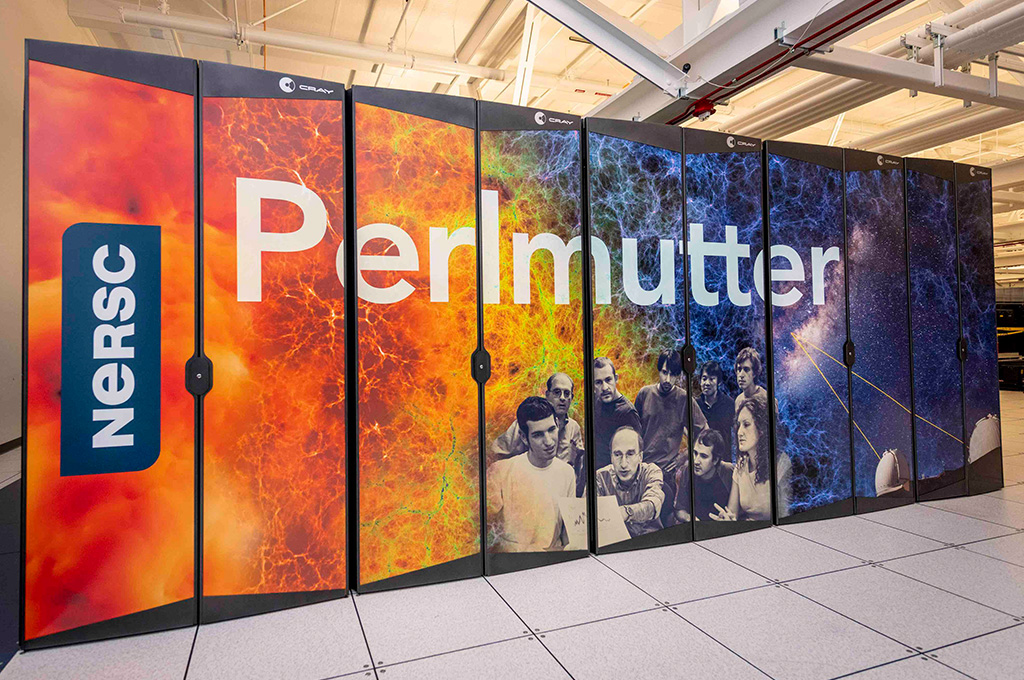
NERSC provides computational and data resources and expertise to scientists performing open-science research.

ESnet performs research and provides high-bandwidth network connections to meet the exceptional data demands of DOE science.
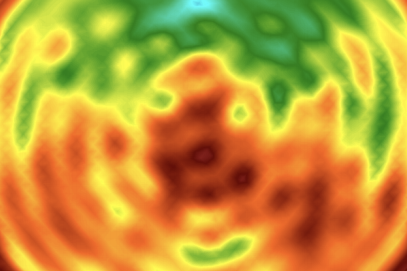
CAMERA is an integrated, cross-disciplinary center that aims to invent, develop, and deliver the fundamental new mathematics required to capitalize on experimental investigations at scientific facilities.
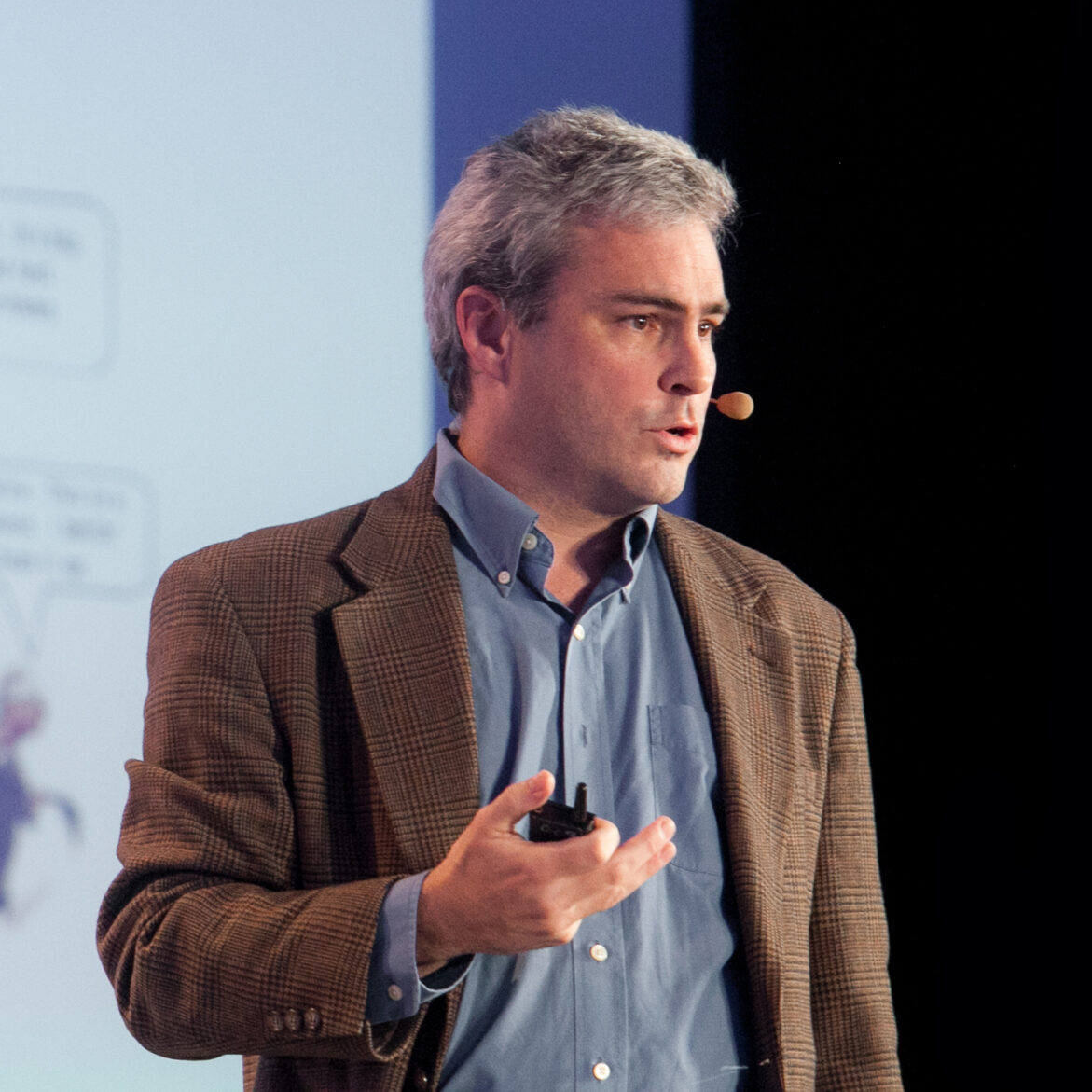
“Berkeley Lab is unique because its machine learning expertise is reasonably well established, and its tradition of team science means that we can work with researchers to apply these methods to scientific problems.”
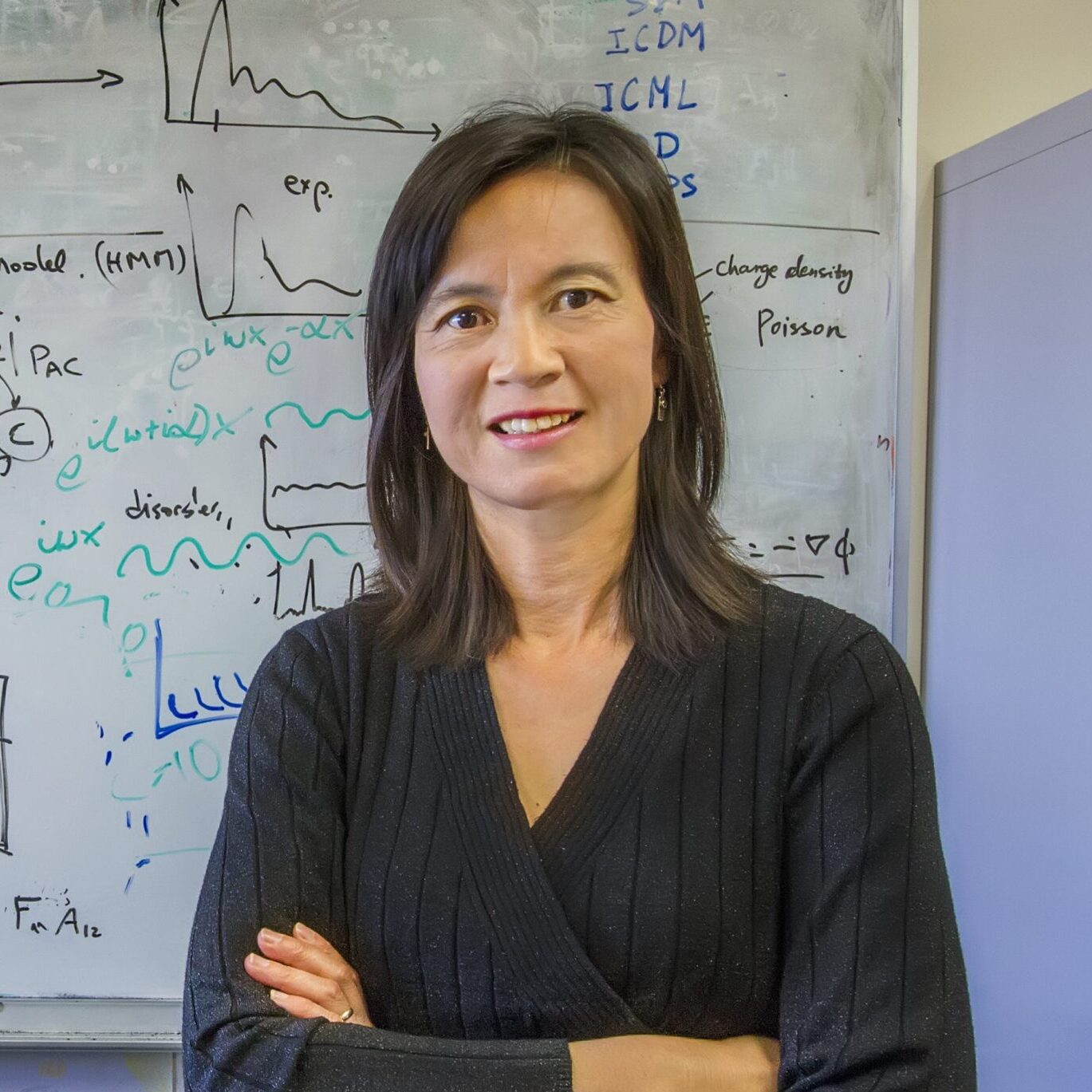
“Although much of the time and effort spent in the software maintenance is not reflected in our research publication list, it is more than rewarding to see the wide use of this software in both the high-end scientific world and the commercial world.”
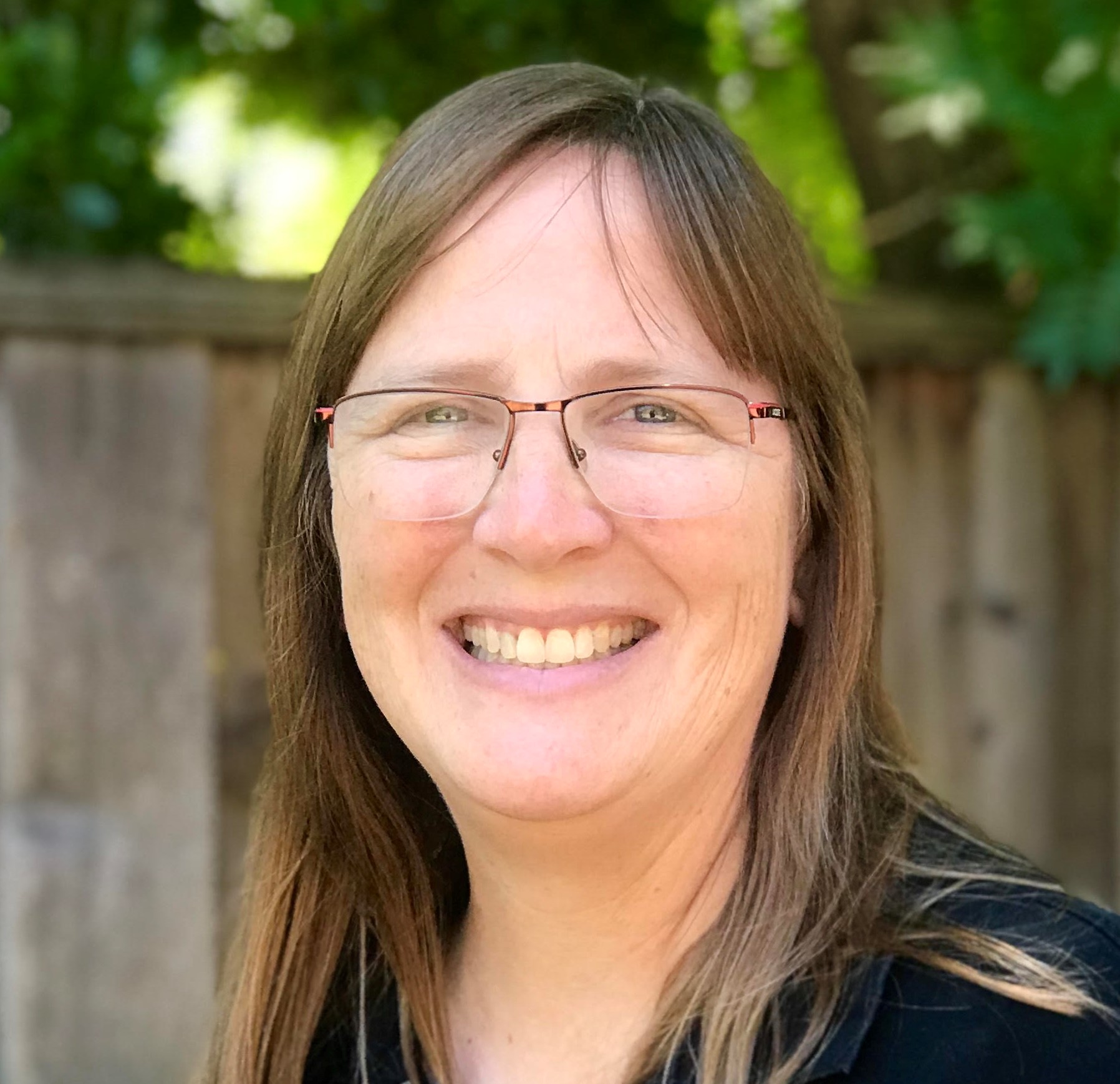
“I think one of the things Berkeley Lab does well is allow people to make collaborations that advance science much more efficiently.”
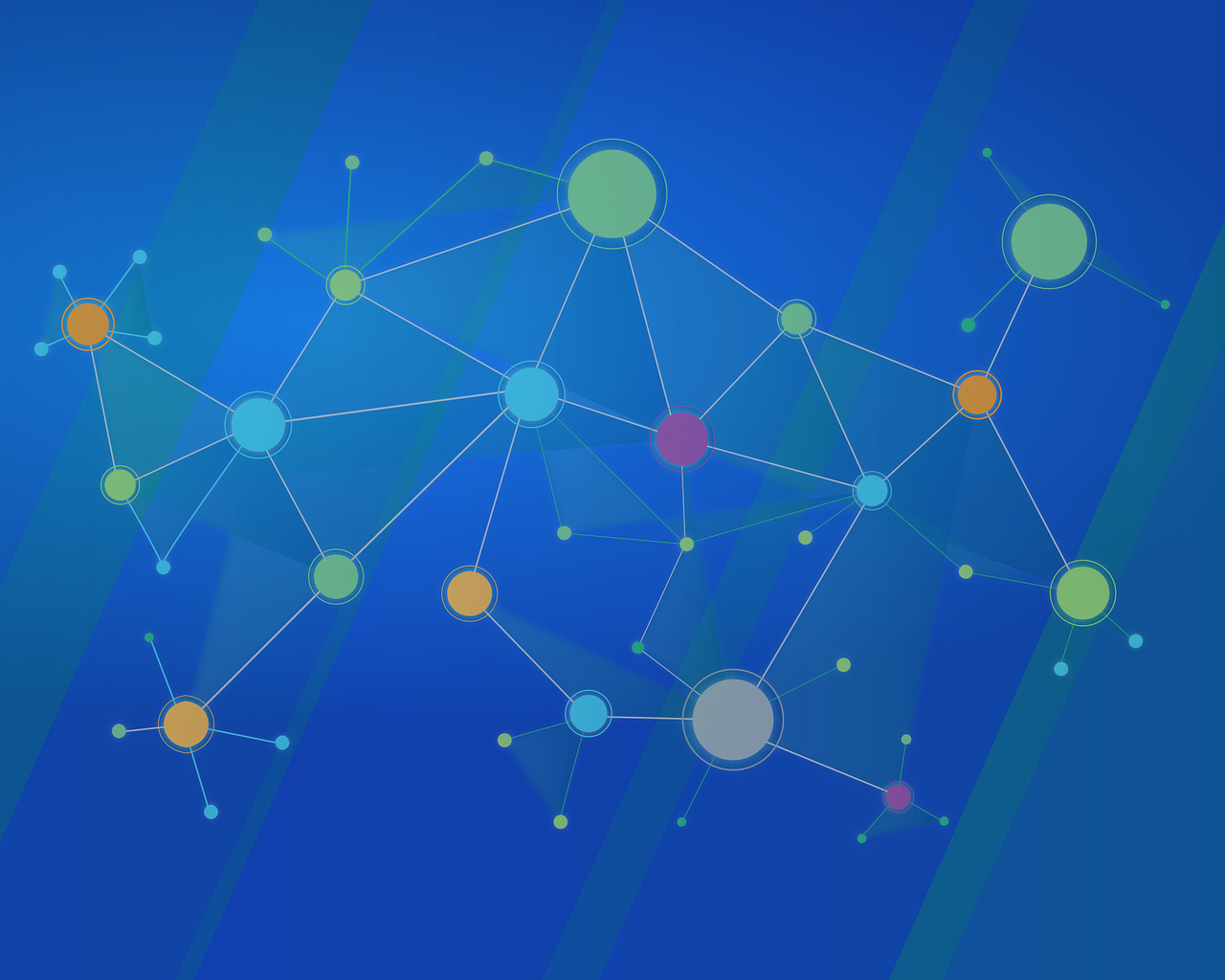
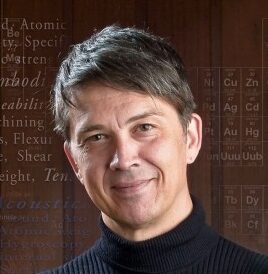
Berkeley Lab’s research into machine learning builds on its foundational work in mathematics to develop methods that are consistent with physical laws, robust in the presence of noisy or biased data, and capable of being interpreted and explained in scientifically meaningful ways.
First developed about 80 years ago, machine learning is a type of AI centered on programs — called algorithms — that can teach themselves different ways of processing data after they are trained on sample datasets.
